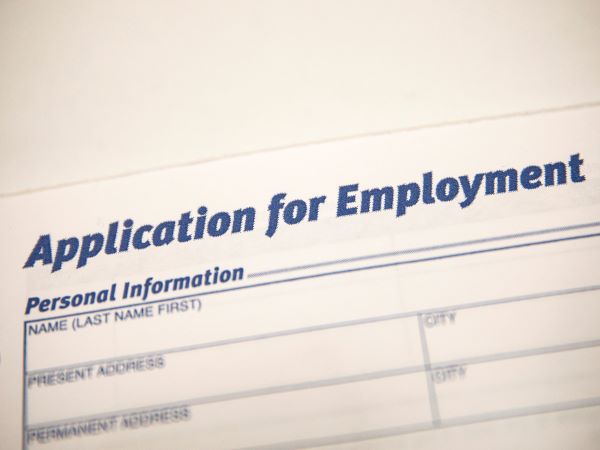US weekly jobless claims drop sharply as layoffs subside
The number of Americans filing new claims for unemployment benefits dropped more than expected last week as layoffs subsided, with companies desperate for workers to meet surging demand unleashed by a rapidly reopening economy.
Initial claims for state unemployment benefits totaled a seasonally adjusted 406,000 for the week ended May 22, compared to 444,000 in the prior week, the Labor Department said on Thursday. That was the lowest since mid-March 2020 and kept claims below 500,000 for three straight weeks.
Economists polled by Reuters had forecast 425,000 applications for the latest week. Though claims remain well above the 200,000 to 250,000 range that is viewed as consistent with healthy labor market conditions, they have dropped from a record 6.149 million in early April 2020.
Pandemic-related restrictions on businesses have been rolled back, with more than half of adults in the United States fully vaccinated against COVID-19, leaving factories, construction sites, restaurants and bars, among many, clamoring for workers.
The labor shortage, despite nearly 10 million Americans being officially unemployed, has been blamed on the safety net, strengthened during the pandemic by the government, to provide a temporary lifeline following the unprecedented economic and human carnage caused by the virus.
Republican governors in at least 23 states, including Florida and Texas, have announced they are ending unemployment programs funded by the federal government next month, including a weekly $300 subsidy, which businesses say are discouraging the jobless from seeking work.

An employment application form is displayed during a restaurant job career fair organized by the industry group High Road Restaurants in New York City, U.S., May 13, 2021. REUTERS/Brendan McDermid
There is, however, no consensus that the generous unemployment benefits are keeping people home.
According to JPMorgan economist, Daniel Silver, an analysis of unemployment rates, wage growth and labor force participation rates in the 23 states suggested the early termination of the special benefits programs was driven by politics rather than economics.
“While some of these states have tight labor markets and strong earnings growth, many of them do not,” said Silver. “It therefore looks like politics, rather than economics, is driving decisions regarding the early ends to these programs.”
BACK AT WORK
A survey by Poachedjobs.com, a national job board for the restaurant/hospitality industry, found most had returned to work, with a full schedule of 30-40 hours a week.
For others, uncertainty about future restrictions on indoor dining and fears contracting the virus, whether they are vaccinated or not, were keeping them away.
“Workers are returning to work,” said Ashley Lange
associate product manager at Poachedjobs.com. “It’s just happening at a slower pace than restaurant job creation, but this is a growing pain of millions of restaurants reopening at the same moment.”
The labor shortage is blamed for the modest 266,000 jobs created in April, a slowdown from the 770,000 added in March. Economists expect the early termination of the government-funded benefits and broadening economic re-engagement, will push claims even lower and shrink the jobless rolls in the months ahead.
In addition to the pandemic’s easing grip, economic activity is also being fueled by nearly $6 trillion in relief provided by the government over the past year.
Related Articles
A separate report from the Commerce Department on Thursday confirmed economic growth accelerated in the first quarter, thanks to the massive fiscal stimulus.
Gross domestic product increased at a 6.4% annualized rate last quarter, the government said in its second estimate for the first three months of the year. That was unrevised from the estimate reported last month and followed a 4.3% growth rate in the fourth quarter.
It was the second-fastest GDP growth since the third quarter of 2003 and kept the economy on track to pull above its pre-pandemic level this quarter. (This story corrects the prior figure in paragraph 2 to 444,000 from 478,000)
(Reporting by Lucia Mutikani; Editing by Chizu Nomiyama)

